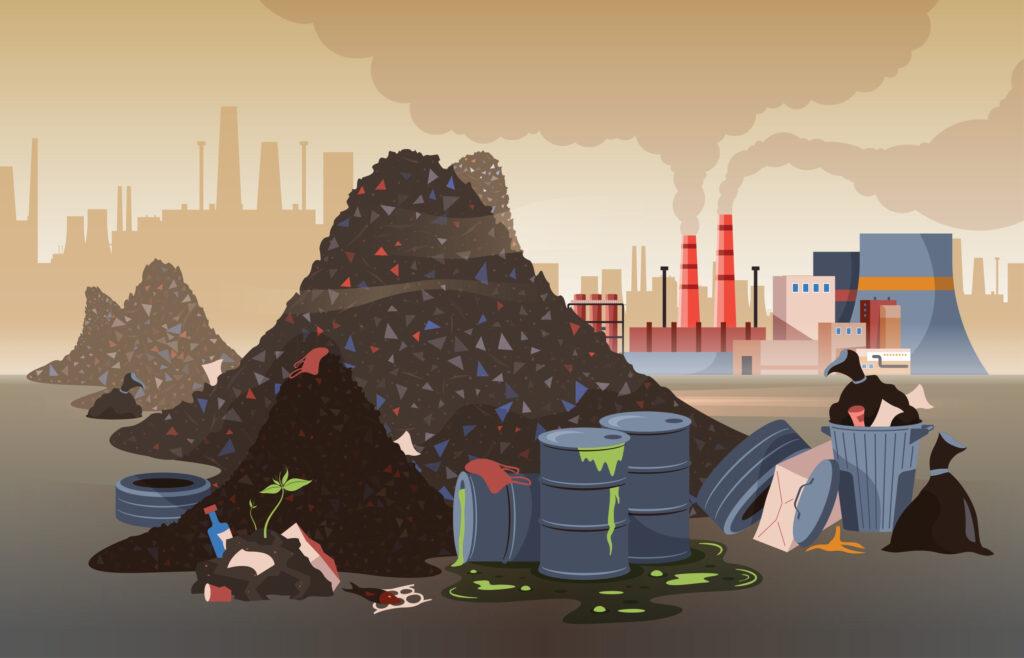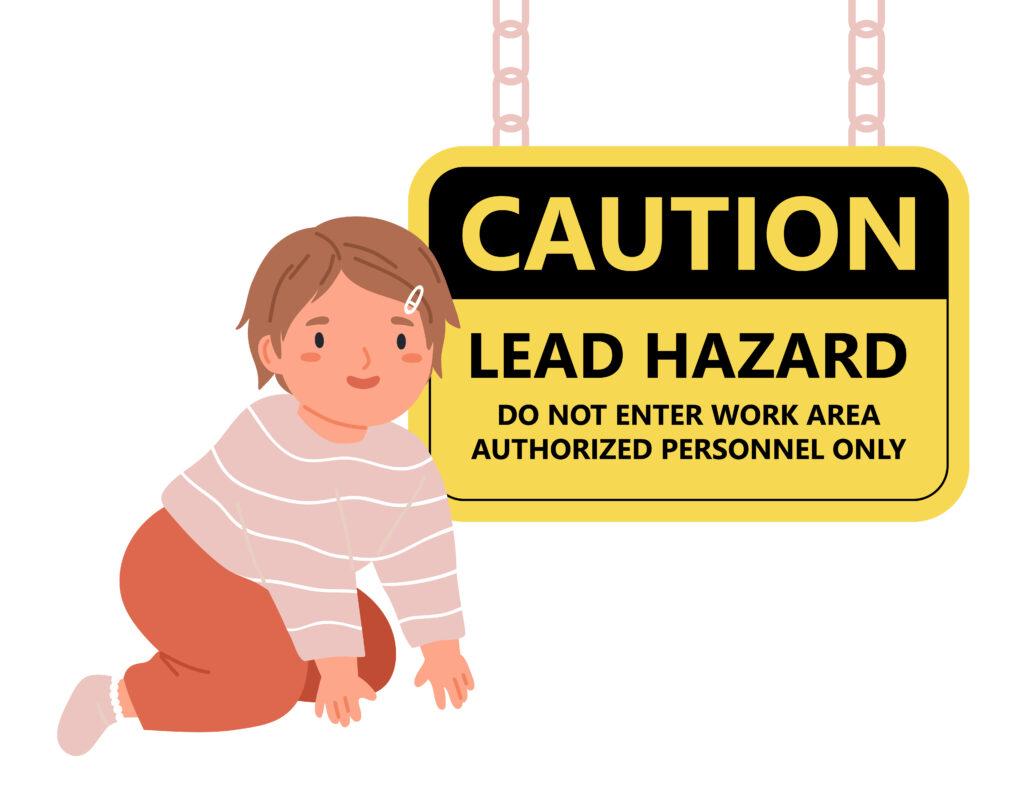Chemicals have become a part of our lives, sustaining almost every activity in our daily lives. Sadly, due to overused, uncleared or dangerously abandoned waste materials, hazardous chemicals have been released into the environment. The outcome from this situation has led to extreme changes in the weather, temperature, increased pollution and environmental toxins.
As a consequence, there’s a higher probability that the quality of life will deteriorate due to environmental illness, both directly and indirectly.
The old saying, “what you don’t know can’t hurt you,” isn’t always applicable in all aspects of life. When it comes to environmental illness, what you know can actually help you!
WHAT IS ENVIRONMENTAL ILLNESS?
According to the Invisible Disabilities Association, environmental illness is a term that is used to describe a number of health conditions that originate from the exposure of chemicals and toxic substances that are released into the environment unconsciously by humans. These hazardous chemicals can widely be discovered within the place you live, work or the area your children play in.
The old saying, “what you don’t know can’t hurt you,” isn’t always applicable in all aspects of life.

Furthermore, such chemicals cannot be seen with the naked eye and can travel easily through air, soil and water. In addition to that, they can also be on plants and animals too. What’s more frightening is the fact that they’re exposed into the environment through different sources like:
LANDFILLS:
A site where waste materials are disposed.
INCINERATORS:
Burning of waste products using hightemperature.
FACTORIES:
Contributes to air, land and water pollution via chemical spills and disposal of toxic waste.

All of these factors are collectively responsible for contributing to Noncommunicable diseases (NCDs) including allergies, heart disease, stroke, cancer, chronic lung diseases such as asthma, birth defects as well as infertilities among men and women.
WHAT CAUSES ENVIRONMENTAL ILLNESS?
Nearly every activity carried out by humans leaves some kind of waste in the environment. Some if not all waste materials contain chemicals that are dangerous not only to the environment but to all living organisms including humans, flora and fauna. Some of the chemicals that are most likely to make you fall ill comprises of:
- Carcinogenic substances like nicotine found in cigarettes cause lung cancer.

- Exposure to asbestos, a natural fibrous rock such as Crocidolite (also known as blue asbestos), Amosite (also known as brown asbestos) and Chrysotile (also known as white asbestos) are found in some older buildings can cause tumours, lung cancer, and other diseases.
- Wood-burning stoves and poorly vented gas produces smoke and gas that leads to breathing difficulties.

- Certain chemicals in workplace environments may result in sterility among men and fertility issues in women.

- Lead poisoning can result in a number of health conditions that are common among children. Plus, it can cause brain damage as well as high blood pressure in adults.

Acting together on the basis of coordinated health, environment and developmental policies can make real differences in the well-being of the environment as well as improve the quality of life for all living organisms.
HOW MUCH DISEASE CAN BE PREVENTED THROUGH CLEANER ENVIRONMENTS?
This question lies within the hearts of every individual, globally. However, in relation to this, the World Health Organization (WHO) carried out a study in 2016 titled ‘Prevent Disease Through Healthy Environments’ to examine how specific diseases and injuries resulted from environmental risks and which regions and populations are affected widely.
As a result, it revealed that roughly one-quarter of the global burden disease and more than one-third of the burden among children were generated from modifiable environmental factors (measures the environmental impact on health like air, soil and water pollution consist of chemicals or biological agents). Some of the diseases that are impacted by environmental risks includes:

- Malaria
- Diarrhoea
- Lower respiratory infections
- Various forms of unintentional injuries
Many measures can be taken to conserve the quality of the environment as well as reduce environmental disease burden. A few options would be to:
- Improve hygiene measures.
- Promote safe household water storage.
- Use toxic substances wisely in the workplace and at home.
- The use of cleaner fuels like biodiesel and renewable diesel.
- Both private and government sectors such as energy, transport, agriculture, and industry should urgently incorporate health aspects into their everyday work life.
Acting together on the basis of coordinated health, environment and developmental policies can make real differences in the well-being of the environment as well as improve the quality of life for all living organisms.
WHAT IS GLOBAL BURDEN DISEASE
The Global Burden of Disease studies the comprehensive regional and global research program of disease burden that calculates mortality and disability from major diseases, injuries, and risk factors.
Sources: World Health Organization, Invisible Disabilities Association, Health and Safety Executive












